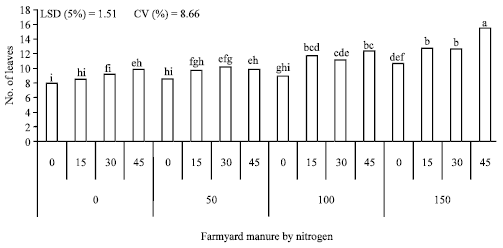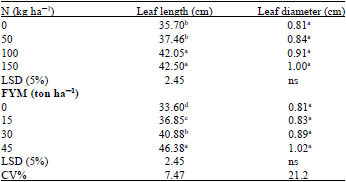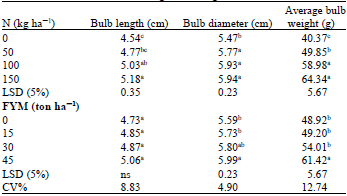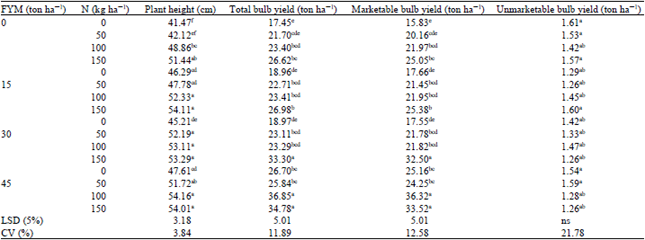Research Article
Effect of Farmyard Manure and Nitrogen Fertilizer Rates on Growth, Yield and Yield Components of Onion (Allium cepa L.) at Jimma, Southwest Ethiopia
Department of Horticulture, Dilla University, Gedeo, Ethiopia
Derbew Belew
Department of Horticulture and Plant Sciences, College of Agriculture and Veterinary Medicine, Jimma University, Jimma, Ethiopia
Adugna Debela
Department of Horticulture and Plant Sciences, College of Agriculture and Veterinary Medicine, Jimma University, Jimma, Ethiopia














weldemariam seifu Reply
it is good paper